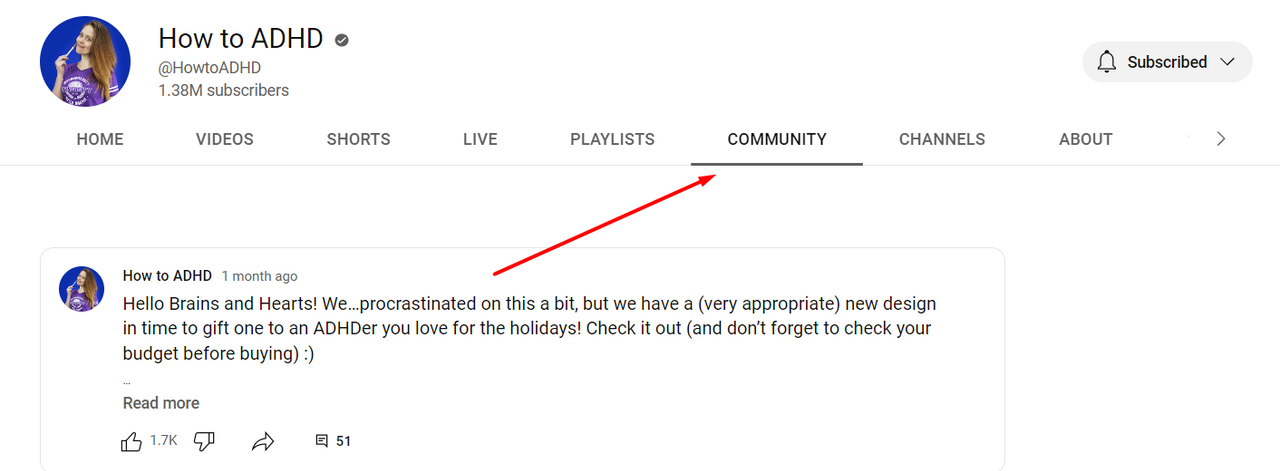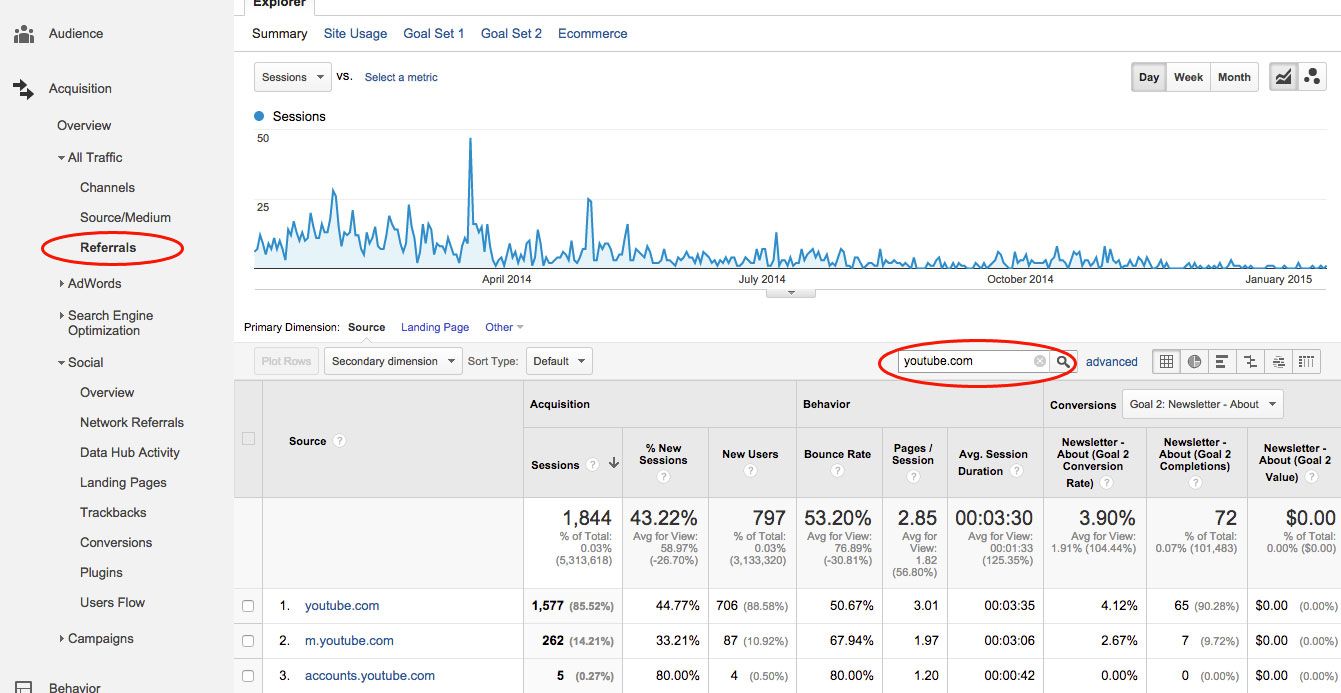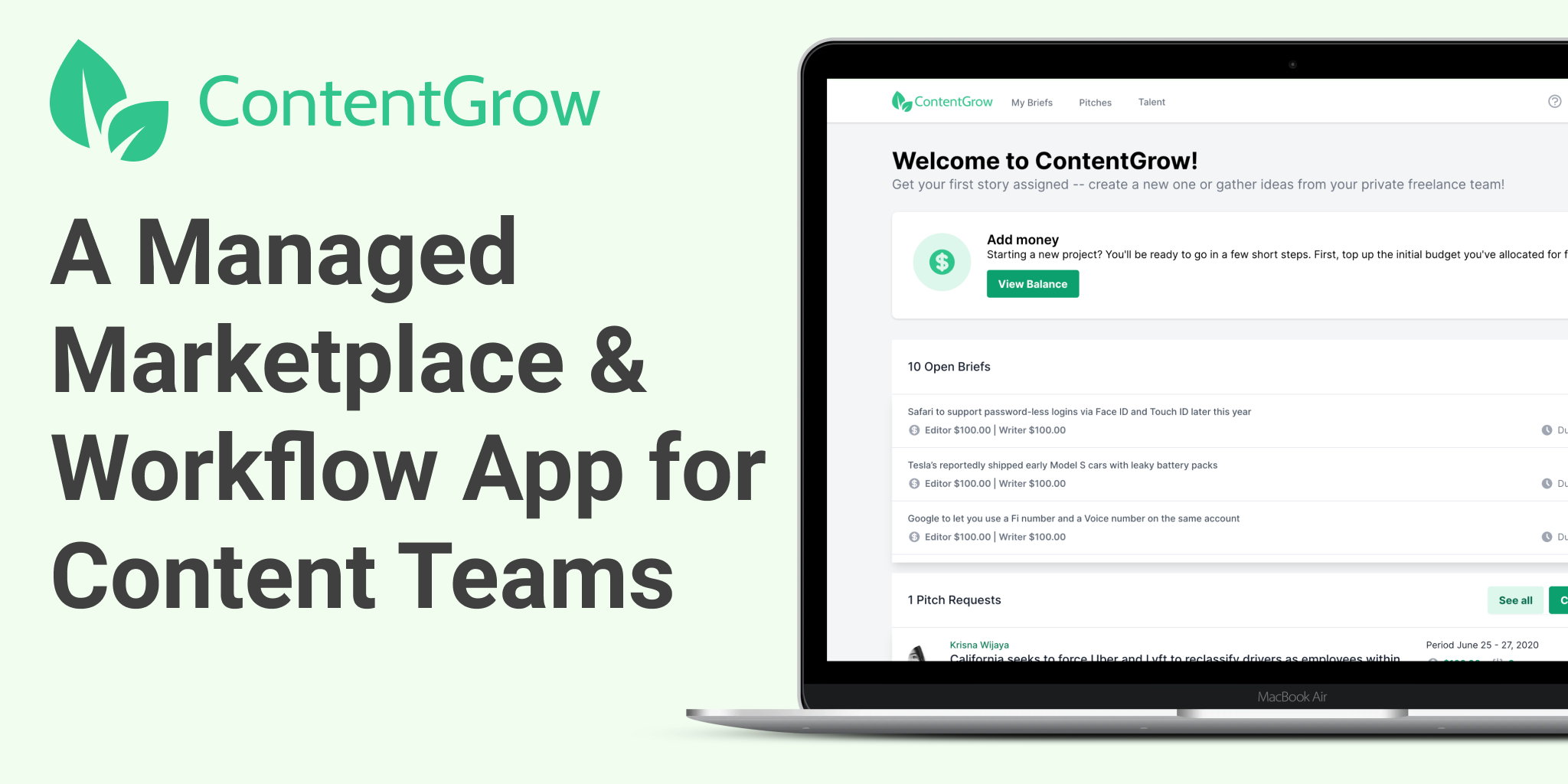Doing YouTube marketing right: 5 things to consider
Including YouTube into your overall marketing strategy can be overwhelming. Here are five things to consider when embarking on a YouTube marketing strategy.

Building a loyal community on YouTube goes beyond posting great videos. It’s about sparking two-way conversations, responding meaningfully, and making your viewers feel seen.
Even though YouTube marketing can be a powerful tool for businesses looking to promote themselves online, for business owners new to the world of video marketing, it can also be overwhelming to know where to start.
With over 2 billion monthly active users, YouTube is the second-largest search engine in the world, right after Google. That means that by creating a YouTube channel and uploading videos, businesses can tap into a massive audience actively searching for content.
In this article, we will go back to the basics of video marketing and provide five best practices for your YouTube marketing strategy.
Short on time?
Here’s a quick table of contents:
- The basics of YouTube marketing
- YouTube marketing: Know your target audience
- Five best practices for YouTube marketing
- Additional tips marketers should take note of

The basics of YouTube marketing

To implement YouTube marketing into your online marketing strategy, you first need to understand the different types of video content and the essential elements of a successful video.
The most common one is the explainer video, which you can use to educate viewers about your product or service.
Other types include product demos and testimonials, but vlogs are also popular and beneficial for building a brand around your company.
There’s no successful video without a compelling story. But high-quality visuals and a clear call to action are also the elements you need to consider before creating a video.
Before we dive into the five things you should consider while implementing a YouTube marketing strategy, let’s first see why knowing your target audience is essential in video marketing, just like in all other types of marketing.
YouTube marketing: Know your target audience
You can create content that resonates with your target audience, but only if you understand their needs and pain points. Otherwise, creating an effective YouTube marketing strategy is a long shot.
There are a few ways to identify your target audience on YouTube:
- Use YouTube Analytics: YouTube Analytics provides a wealth of data on your viewers, including their demographics, location, and interests.
- Research your competitors: Look at the channels of businesses similar to yours and see what kind of content they are creating and who their audience is.
- Use Surveys and Polls: Don’t guess. Ask them directly. People like surveys and polls. It can help you understand their preferences and interests and create content that appeals to them.
Once you find out whom you’re addressing, you can create content that appeals to your viewers.
Five best practices for YouTube marketing
Now that you know the basics and the importance of knowing your target audience, we can dive into five effective strategies for YouTube marketing:
Optimize your videos for SEO
Optimizing your videos for SEO is a must if you want to reach a larger audience and drive more traffic to your website. Including relevant keywords in your video title, description, and tags are a core practice you need to have in doing YouTube SEO.
When choosing keywords, brainstorm the terms viewers might use when searching for content related to your business. Make sure to include these keywords in the video title, as this is one of the first things viewers will see when searching for videos on YouTube.

Create a YouTube marketing content plan
Determine how frequently you’ll publish videos, what types you’ll produce—such as custom animated explainers—and which topics you’ll focus on. By experimenting with different sorts of videos, you can find out what resonates with your target audience and create content they will enjoy watching.
After posting videos to YouTube, consider sharing them on other platforms such as your website, social media channels, and email list.

Build a community
One of the ways you can build a community on YouTube is to encourage engagement by responding to comments and addressing any questions or concerns viewers may have. That can help build trust and create a personal connection with your audience.
You can also create a sense of community by making videos that ask for viewer feedback, hosting giveaways or contests, livestreams, and featuring viewer-generated content.

Additionally, there’s the community tab on your YouTube channel. You can use it to create polls, Q&A, and engage in direct communication with your audience.
Use analytics and measurement tools
YouTube provides a wealth of data on your viewers and their engagement with your videos, including metrics such as views, watch time, click-through rate, audience retention, and more.

Additionally, you can use Google Analytics to track the traffic driven to your website from your YouTube videos.
Use subtitles and closed captions
Both subtitles and closed captions allow viewers to understand the content of the video even if they can't hear the audio.
YouTube has a built-in automatic captioning feature, but we recommend proofreading and editing the captions for accuracy.
YouTube also allows you to upload captions and subtitles in different languages to reach a wider audience.
Additional tips marketers should take note of
Building a YouTube community isn’t just about uploading videos—it’s about using the platform’s features strategically. These next-level tips can help marketers deepen engagement, maintain visibility between uploads, and turn casual viewers into loyal brand advocates.
1. Encourage real engagement through comments
One of the easiest ways to foster community is by simply showing up in the comments section. Respond to questions, acknowledge feedback, and thank viewers by name.
This kind of direct interaction builds trust and creates a sense of personal connection—two things that help your channel feel less like a broadcast and more like a conversation.
You can also prompt engagement in your videos. Try asking viewers for their input, encouraging them to share stories, or even suggesting they tag a friend.
2. Use the Community tab like a pro
YouTube’s Community tab is a powerful tool that many creators underuse. It lets you connect beyond video with posts, polls, images, Q&As, and more.
Smart creators use it to:
- Run giveaways and contests
- Share behind-the-scenes updates
- Feature fan comments or user-generated content
- Ask for feedback on upcoming videos
These interactions help keep your audience engaged between uploads—and help your brand stay top-of-mind.
3. Measure what actually matters
YouTube’s built-in analytics can tell you more than just how many views you’re getting. You’ll want to keep a close eye on:
- Watch time: How long people stay engaged with your content
- Audience retention: When viewers drop off
- Click-through rate (CTR): How compelling your titles and thumbnails are
- Comments and likes: Signals of active community interest
Save time and money when producing high-quality, accurate and effective bespoke content for your content marketing needs. ContentGrow helps marketing teams work with perfectly matched content creators at preferred rates. Sign up to get your campaign started or book a quick call with our team to learn more.





